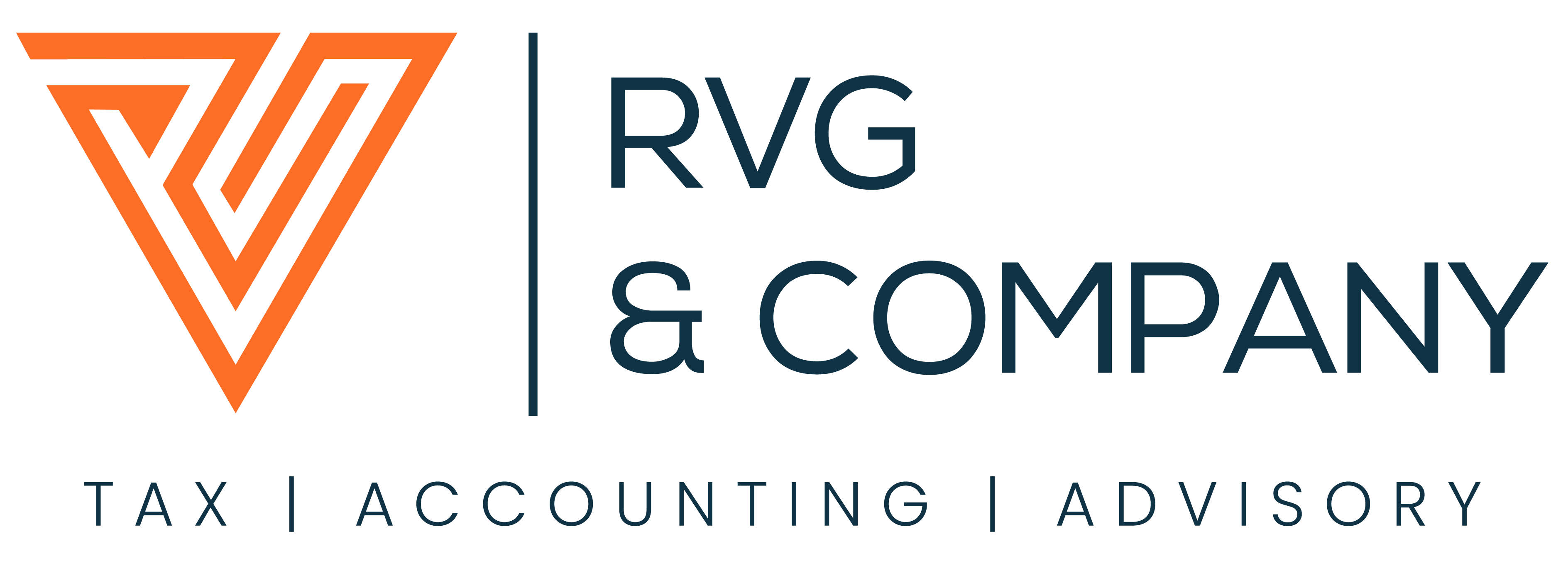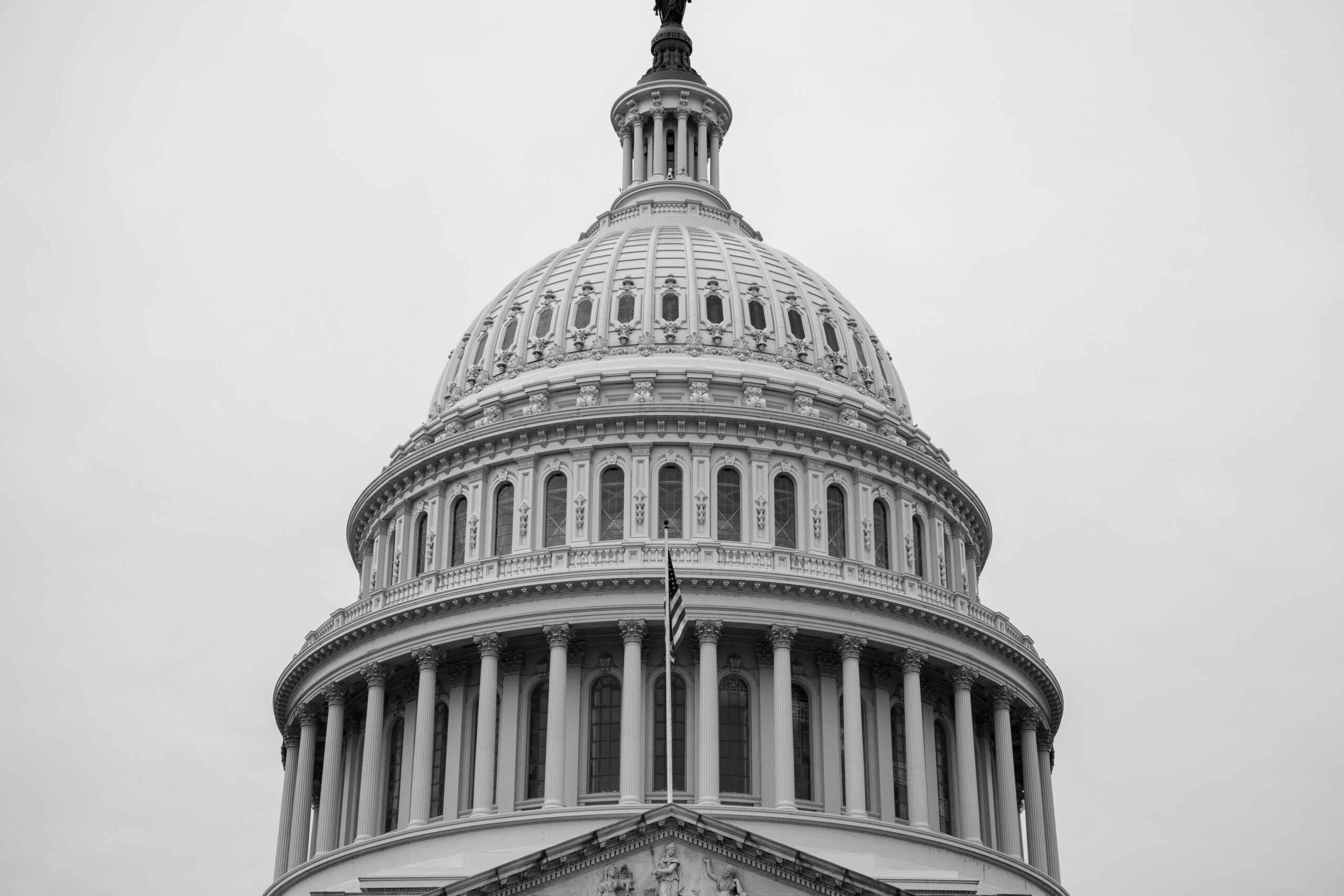Among the tax rate increases contained in President Biden’s tax proposal (the American Family Plan), is a provision to reduce the tax benefit under Internal Revenue Code Section 1031, known as the like-kind exchange. Under a like-kind exchange, a real estate investor can defer the capital gains tax liability on the sale of the investment property by using those proceeds to purchase another property.
The President’s proposal would limit the amount of capital gain that can be deferred under the like-kind exchange program to $500,000 for individuals and $1 million for married couples. The proposal also raises the capital gains tax rate from 23.8% to 43.4% for households with over $1 million of income (these tax rates include the Net Investment Income Tax of 3.8%). As a result, capital gains above the proposed 1031 exchange limits will be subject to increased capital gain taxes for households that have over $1 million of income.
While the reduction of the tax 1031 deferral will directly impact the tax liability of real estate investors, the law change will have a corresponding effect upon the real estate and construction industries and potentially impact the supply of housing and commercial real estate. Industry experts are evaluating the possible results that this may have throughout the real estate market. Presently, various industry groups are lobbying Congress to discuss the impact of this legislation. This update will summarize some of the challenges that the industry may face in light of this change.
Slow Down in Deals
The reduction in the deferral may cause some investors to hold on to their properties rather than realize gains that would be immediately taxed and move on to new projects. The 1031 deferral encouraged an exit and entry from one property to another without the generation of a capital gain. A reduction in the number of deals could result in a reduction of new construction, since investors may not have the full amount of gain and cash flow to roll over to the next transaction. Consequently, the loss of the deferral makes the sale of real property a less attractive option for investors.
Price Increases
Real estate prices may continue to climb based upon the reduction in supply that may result from a decline in the number of deals. In addition, prices may also increase because the loss of the tax deferral will reduce the investors’ return, therefore, investors may seek to recover this loss from an increase in the sale price or increased rents related to the property.
Reduction in Housing
Based on industry experts, approximately one-third of all 1031 exchanges relate to apartment transactions. The scaling back of the 1031 exchange deferral would reduce the incentive for landlords to sell properties and roll over the gain to a new property. The potential impact of this “buy and hold” strategy by property owners may result in a reduction in the construction of new apartment units, which will affect the amount of new rental units and construction jobs. Based on industry data, the typical like-kind exchange is in the $3 million to $5 million price range. As a result, the $500,000 and $1 million thresholds proposed by the President, will eliminate the benefit for a majority of investors.
Industry Lobbying Effort
The President’s Fiscal Year 2022 budget proposal estimated that the federal government would recognize approximately $19.55 billion in additional tax revenue between 2022 and 2031 by limiting the like-kind exchange deferral. In this regard, the industry must communicate with Congress as it negotiates the final details of the tax legislation. The industry must explain that the limitations placed on the 1031 deferral under the President’s proposal will have a far-reaching impact on available housing and construction jobs. Moreover, a slowdown in construction will have a negative impact on the overall economy. This lobbying effort is underway while the President seeks to have new tax legislation in place by the end of the year.


